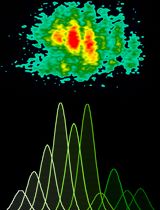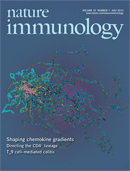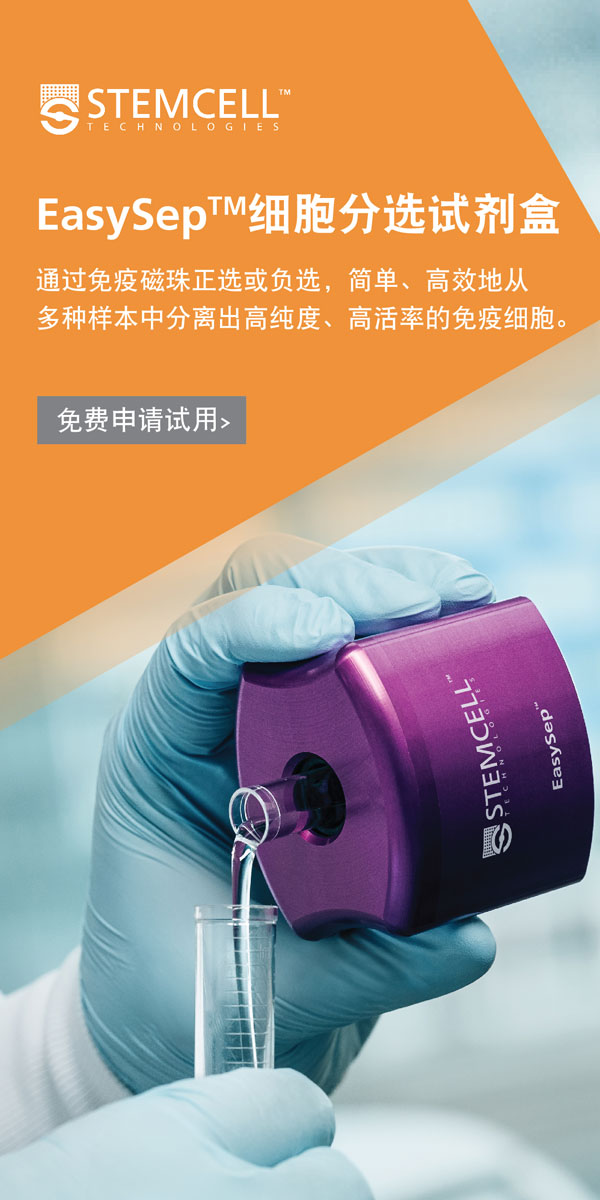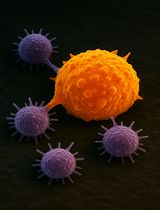- EN - English
- CN - 中文
Adoptive Transfer of Memory B Cells
记忆B细胞的过继转移
发布: 2015年08月20日第5卷第16期 DOI: 10.21769/BioProtoc.1563 浏览次数: 11291
评审: Achille BroggiAnonymous reviewer(s)

相关实验方案

使用康可藻红素刺激冷冻保存的猪外周单个核细胞进行增殖检测,并结合FCS ExpressTM 7.18软件分析
Marlene Bravo-Parra [...] Luis G. Giménez-Lirola
2025年06月05日 2514 阅读
Abstract
The adoptive transfer of antigen-specific B cells into mice that cannot recognize that specific antigen has two main advantages. The first is determining exactly when the B cells were transferred and exposed to antigen. The second is that all B cells that can bind that antigen are the ones that were transferred; no new antigen-specific B cells will emerge from the bone marrow. Thus all B cells that were exposed to the antigen and still alive after at least 4 weeks (8 weeks or more is ideal), are memory B cells.
Splenic B cells from B1-8 mice were prepared with an EasySep Mouse B Cell Enrichment Kit according to the manufacturer’s protocol. Single-cell suspensions were transferred intravenously into tail veins of recipient mice. Approximately 1 million NP+ B cells were transferred per mouse. Approximately 12-24 h after transfer, mice were immunized intra-peritoneally with 50 µg of NP-CGG precipitated in alum.
Materials and Reagents
- Mice
Any donor mice can be used, as long as the donor and recipients have the same background strain (i.e. BALB/C into BALB/c or Bl/6 into Bl/6) to prevent rejection issues. We selected transgenic donor mice that had an increased frequency of B cells specific for our antigen of interest, NP. This way we could be certain of the number of B cells specific for our antigen and these would be easy to identify by flow cytometry and elispot. However, wild-type mice will also respond to NP, just at a lower frequency.
- B1.8+/-Jκ +/- BALB/c mice
Note: B1.8 KI BALB/c mice were generated as described (Sonoda et al., 1997) and maintained on the Jκ KO strain (Chen et al., 1993) to enrich the frequency of λ+ NP-specific B cells. B1-8 KI +/+ Jκ KO -/- mice were crossed to BALB/c mice from The Jackson Laboratory (Bar Harbor, ME) to generate B1.8+/-Jκ +/- BALB/c mice, which were used for naïve controls and for transfers of NP+ B cells used to generate MBCs.
- AM14 Tg x Vκ8R KI BALB/c mice were generated as described (Shlomchik et al., 1993; Hannum et al., 1996; Prak and Weigert, 1995), which were used as recipient mice for primary immunization
Note: All mice were maintained under specific pathogen-free conditions. The Yale Institutional Animal Care and Use Committee approved all animal experiments.
- B1.8+/-Jκ +/- BALB/c mice
- Immunizations
For generating memory B cells in a primary response, mice were immunized intra-peritoneally with 50 µg of 4-hydroxy-3-nitrophenyl acetyl (NP)-Chicken Gamma Globulin (CGG) precipitated in alum. The ratio of NP to CGG ranged between 26 and 33. All mice were immunized at 6-12 week of age
- Isolation of B cells from donor mice
- 2 pairs sterile scissor and forceps
- Sterile frosted slides
- Sterile Petri dishes
- Autoclaved Pasteur pipettes
- 70% ethanol
- Sterile ACK (RBC lysing buffer) (Lonza, catalog number: 10-548E )
- 100 µM filter (BD Biosciences, catalog number: 340615 )
- Ice
- Conical tubes (14 ml v-bottom) (BD Biosciences, Falcon®)
- Falcon 14 ml polystyrene round-bottom tubes (BD Biosciences, catalog number: 352057 )
- Trypan blue solution (0.4%) (Life Technologies, catalog number: 15250-061 )
- EasySep™ Mouse B Cell Enrichment Kit (STEMCELL Technologies, catalog number: 19754 ). Components of kit:
- EasySep™ (Negative Selection) Mouse B Enrichment Cocktail, 0.5 ml
- EasySep™ Biotin Selection Cocktail, 1 ml (store at 4 °C)
- EasySep™ Magnetic Particles, 1 ml (store at 4 °C; turn centrifuge on and cool to 4 °C)
- Normal Rat serum, 1 ml (store at -20 °C)
- EasySep™ (Negative Selection) Mouse B Enrichment Cocktail, 0.5 ml
- RPMI-1640 with L-glutamine (Sigma-Aldrich, catalog number: R8758 )
- Fetal Calf Serum (GE Healthcare HyCloneTM)
- HEPES 1 M (Corning Incorporated, catalog number: 25-060-Cl )
- Streptomycin/penicillin, 10,000 U/ml (Life Technologies, Gibco®, Catalog number 15140-122 )
- 2-mercaptoethanol (Sigma-Aldrich, catalog number: M3128 )
- PBS without Ca2+/Mg2+ (Life Technologies, Gibco®, catalog number: 10010-023 )
- Ethylenediaminetetraacetic Acid (EDTA) 0.5 M Solution (pH 8) (Thermo Fisher Scientific, catalog number: 25783 )
- 2.5% Anticoagulant citrate dextrose solution [ACD(A)] (Polymed, catalog number: 7300 )
ACDA was from the blood bank (http://www.polymedicure.com/?wpcproduct=acd-bag). Each 100 ml of ACD solution-A contains 2.2 g sodium citrate, 0.73 g citric acid, 2.45 g dextrose and 100 ml water.
- NP-binding reagents: NP-allophycocyanin (APC) (Shlomchik lab)
- Anti-CD4 (GK1.5) (Shlomchik lab)
- anti-Fc gamma RIII/II (2.4G2) (Shlomchik lab)
- anti-CD19 (1D3.2) (Shlomchik lab)
- 27 G needle, 1 ml syringe
- Ethidium Monoazide (EMA) 2 mg/ml (Molecular Probes)
- Complete media (see Recipes)
- EasySep media (see Recipes)
- Transfer buffer (see Recipes)
- Staining Media (see Recipes)
- 2 pairs sterile scissor and forceps
Equipment
- Sterile hood
- Refrigerated table top centrifuge
- Hemocytometer
- “EasySep” magnet (max vol 8 ml; min vol 250 µl) (STEMCELL Technologies, catalog number: 18001 )
Procedure
文章信息
版权信息
© 2015 The Authors; exclusive licensee Bio-protocol LLC.
如何引用
Zuccarino-Catania, G. and Shlomchik, M. (2015). Adoptive Transfer of Memory B Cells. Bio-protocol 5(16): e1563. DOI: 10.21769/BioProtoc.1563.
分类
免疫学 > 免疫细胞分离 > 淋巴细胞
免疫学 > 免疫细胞功能 > 抗原特异反应
您对这篇实验方法有问题吗?
在此处发布您的问题,我们将邀请本文作者来回答。同时,我们会将您的问题发布到Bio-protocol Exchange,以便寻求社区成员的帮助。
Share
Bluesky
X
Copy link












